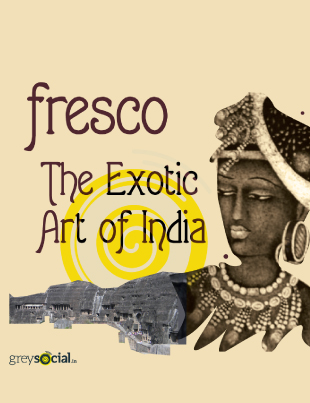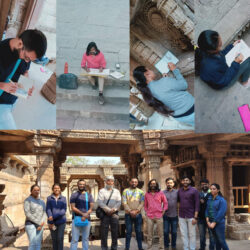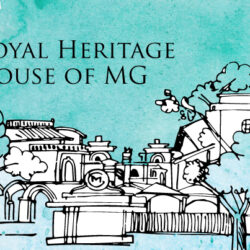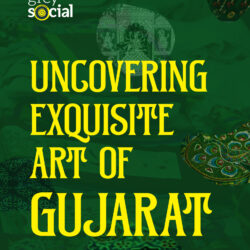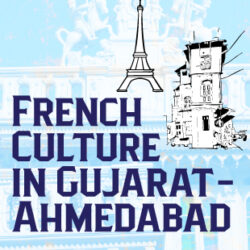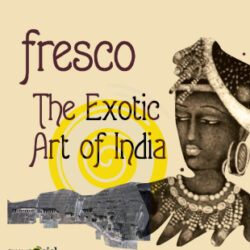Around the world people consider fresco and mural paintings to be the same. However the plot twist is slightly different. You might get surprised but the fresco art definition is different from murals although all frescos are murals but not all murals are fresco. Interesting right! lets dive more to know what actually the art is.
Fresco is from Italy meaning “fresh” and their glory lies in their longevity. Surprisingly this form of art has also existed in India, relatively preserved with all care.
In India, where art and culture co-handly exist even today, the art has made it’s space dating back to c. 200 BC to 600 BC – bc* before christ.
India has preserved fresco painting at more than 20 locations and Ajanta Caves is one the prominent locations to explore the exotic art.
Ajanta Caves Fresco Painting
Ajanta caves is a popular tourist spot these days. However the place is a great example of ancient art. Furthermore, Ajanta Cave is a Buddhist cave monument in Aurangabad, India. Nevertheless, the Ajanta caves’ paintings represent the pinnacle of ancient traditions, conveying passion, elegance of ancient time and energy with incredible accuracy. The elegant art is evident inside caves since the caves are widely spread around the area.
1. Bodhisattva Padmapani
A fresco depicting Buddha’s former existence in cave 1 of Ajanta caves. However, among the most elaborate carvings and sculptures from Gautam Buddha’s life can be found in cave number 1 of Ajanta caves.
2. King Janaka & Wife Fresco Art

The painting depicts the king Janaka with his wife in the palace, sharing his thoughts and discussing why he has to live a life of solitude and lead to salvation.
3. Chaddanta Jataka

This is Ajanta Caves prominent famous art that depicts the past life of Buddha. The great white elephant with 6 tusks stood 40m high.

